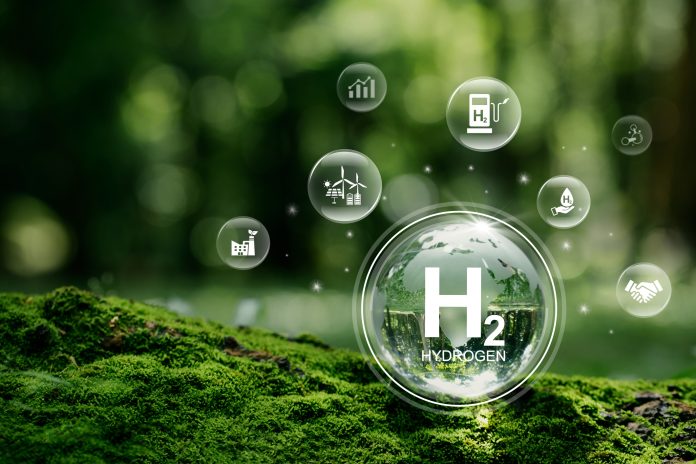A team of researchers led by Cornell University has developed a new device that simultaneously generates clean hydrogen fuel and potable water using only sunlight and seawater
This new hybrid technology could dramatically reduce the cost of green hydrogen production while addressing global water scarcity, two major sustainability challenges.
The innovative system, the hybrid solar distillation-water electrolysis (HSD-WE) device, was revealed in a study published on April 9 in Energy and Environmental Science.
Turning sunlight and seawater into sustainable solutions
The device produces carbon-free hydrogen using solar power to split seawater through electrolysis. As a beneficial byproduct, the system also provides drinkable water.
The prototype, measuring just 10 centimetres by 10 centimetres, can generate 200 millilitres of hydrogen per hour with 12.6% energy efficiency under natural sunlight.
The team estimates that, with further development, this method could lower the cost of green hydrogen production to $1 per kilogram within 15 years. This would be a major leap toward meeting global net-zero emission goals by 2050.
Towards a greener future
Traditional green hydrogen production relies on high-purity, deionised water, making it costly and unsustainable in regions facing water shortages. Seawater, on the other hand, is abundant and free.
However, its high salt content creates challenges for electrolysis, often requiring additional energy and purification steps. The Cornell-led team’s new device solves this problem by directly integrating solar desalination into hydrogen production.
Maximising efficiency by capturing waste heat
The HSD-WE device uses both the electricity and the heat generated by sunlight. While standard solar panels convert only a portion of solar energy into electricity, typically up to 30%, the rest is usually lost as waste heat.
This device captures that waste heat and uses it to distil seawater. By evaporating only a thin film of water via a capillary wick, the system achieves more than 90% evaporation efficiency.
The desalinated vapour is then condensed into clean water, which flows into an electrolyser to be split into hydrogen and oxygen.
This design allows the device to fully use solar energy, short-wavelength light powers the solar cell, while long-wavelength light drives thermal desalination. The result is a highly efficient system that produces hydrogen and generates excess drinking water.
The technology’s compact size and double function make it perfect for integration into existing solar farms. By channelling waste heat away from photovoltaic panels, the system could even help cool them, extending their lifespan and improving performance.
Currently, green hydrogen costs around $10 per kilogram, roughly ten times the cost of conventional hydrogen. However, the team believes their seawater-based approach can significantly reduce prices by eliminating the need for clean water and using widely available natural resources. With mass production and scaling, achieving $1 per kilogram appears within reach.
The National Science Foundation supported the research and included collaborators from MIT, Johns Hopkins University, Michigan State University, and Lehigh University.











